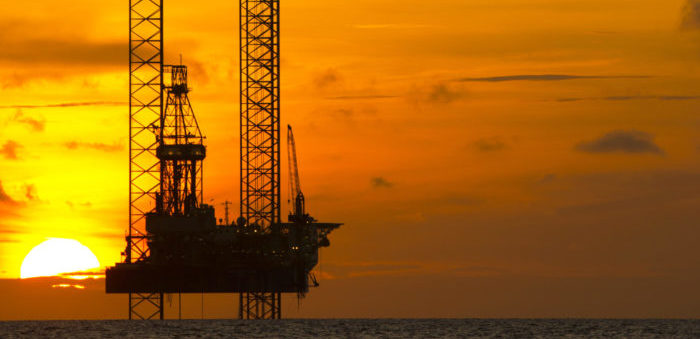The Energy Transition and Extinction Rebellion has led the energy news agenda and stimulated reflection, however the impact on exploration drilling is not yet apparent, according to Westwood Energy.
The global high impact well count in 2019 was 91 wells, an increase of 36% on 2018, while drilling spend was flat at $3.5 billion, with costs falling as well. What is more, discovered commercial volume was the highest since 2015 at around 13 billion barrels of oil equivalent (boe) from the 27 high impact discoveries announced thus far.
In addition, the commercial success rate was at a 10-year high of 32%, which looks likely to be sustained through 2020.
77% of the overall estimated 13bn boe discovered was gas, with seven of the top ten discoveries being gas in Russia, Iran, Mauritania, Senegal, Indonesia and Cyprus. The two biggest oil discoveries are located in the Stabroek licence in Guyana, which at 6 billion barrels and counting, is one of the most prolific oil licences ever issued.
[smlsubform prepend=”GET THE SAFETY4SEA IN YOUR INBOX!” showname=false emailtxt=”” emailholder=”Enter your email address” showsubmit=true submittxt=”Submit” jsthanks=false thankyou=”Thank you for subscribing to our mailing list”]
In 2019, North West Europe topped the charts for high impact drilling globally. However, only two high impact discoveries resulted from the 27 well programme, marking a success of only 7%. Two wells are still drilling and could yet deliver discoveries, but the low discovery rate should cause pause for thought.
Guyana leads the oil discovery charts again in 2019 with the Liza field coming onstream in December and another billion barrels added in the Exxon operated Stabroek licence with some more gas also. The five commercial discoveries in 2019 bring the total so far to 14.
Moreover, Brazil is another country to watch in 2020 with one high impact well currently drilling and seven wells planned for 2020 in recently awarded licences testing 6 billion barrels of unrisked volume in pre-salt plays in the Santos and Campos basins, and the Ceara Basin.
In Africa, high impact drilling remained subdued at 14 wells completed in 2019 but commercial success rates were high at 57% with over 3 billion boe discovered of which about 80% was gas. Furthermore, there was one frontier play opening gas condensate discovery at Brulpadda in South Africa and there were high impact discoveries in five other countries:
- Senegal;
- Mauritania;
- Nigeria;
- Angola;
- Ghana.
In 2020, a similar number of high impact wells are expected spread across 10 countries with potentially six frontier play tests in Guinea Bissau, Kenya, Namibia and Gabon. Total is testing a new play concept at a well in Block 48, Congo Basin Angola, notable for being the deepest water exploration well ever at over 3600m.
In the emerging gas plays of the Eastern Mediterranean there were six wells drilled and two commercial discoveries delivering 5 tcf. Three of the six wells were drilled by TPAO, two of which were in the Cyprus area and were political rather than technical tests. Five wells testing 16 tcf of gas are planned in 2020 including Total’s Byblos-1 well offshore Lebanon.
Finally, Westwood Energy concludes that according to on current plans, it looks like high impact drilling could be at a similar level in 2020 but with shift of focus to North and South America. It estimates that industry drilling plans are weighted 70/30 oil to gas.
At the same time, while recognising that the industry has had a habit of finding gas when looking for oil, it does not seem the appetite for finding oil is reducing.





























































